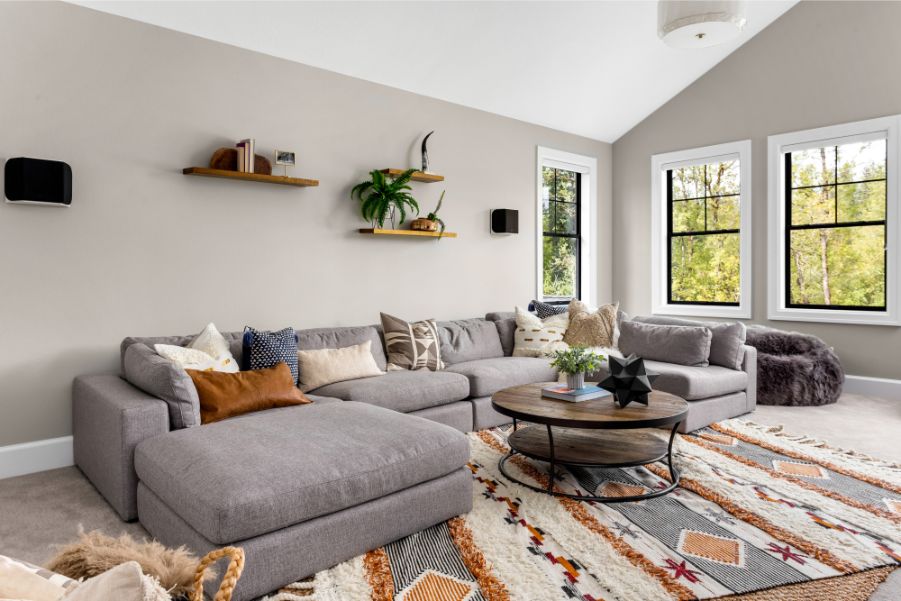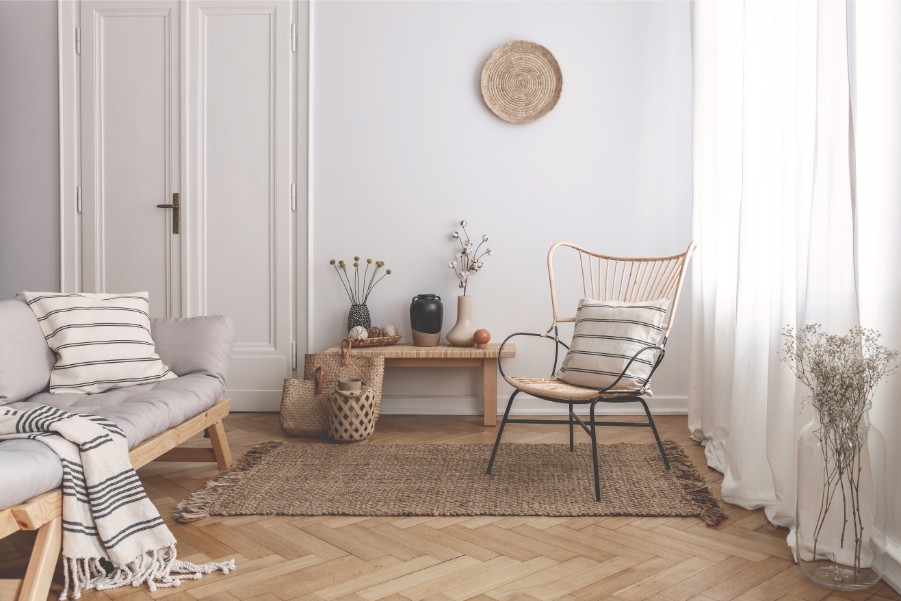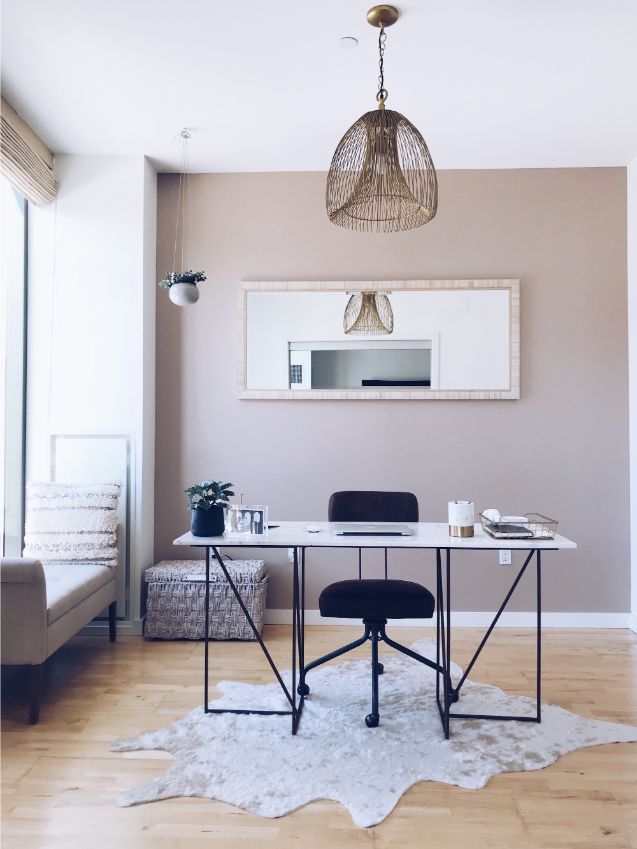Here’s How to Take the Mystery Out of Paint Undertones
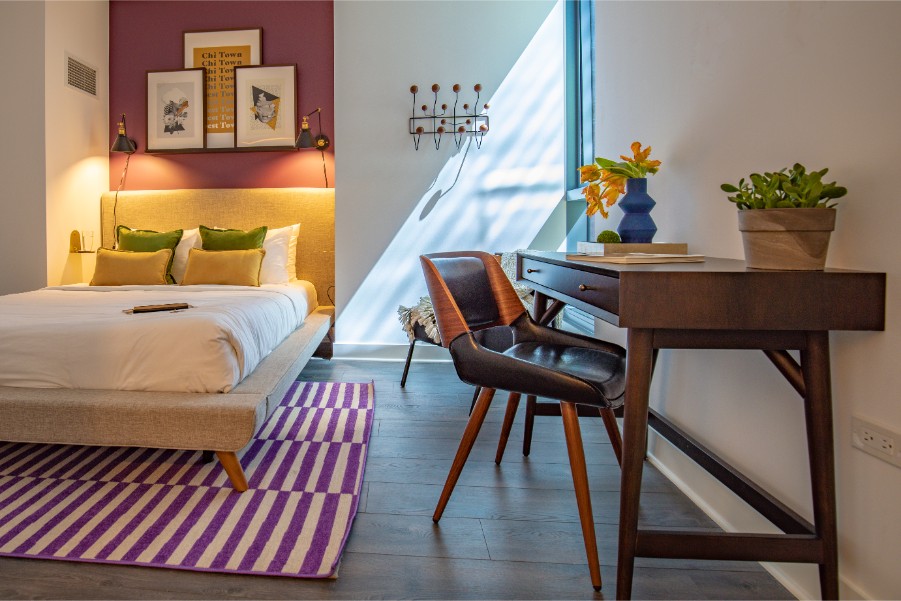
Remember that time you painted your living room what you thought was the perfect greige, only it came out way too green (or pink or blue)? Thank the paint undertones.
What are Paint Undertones?
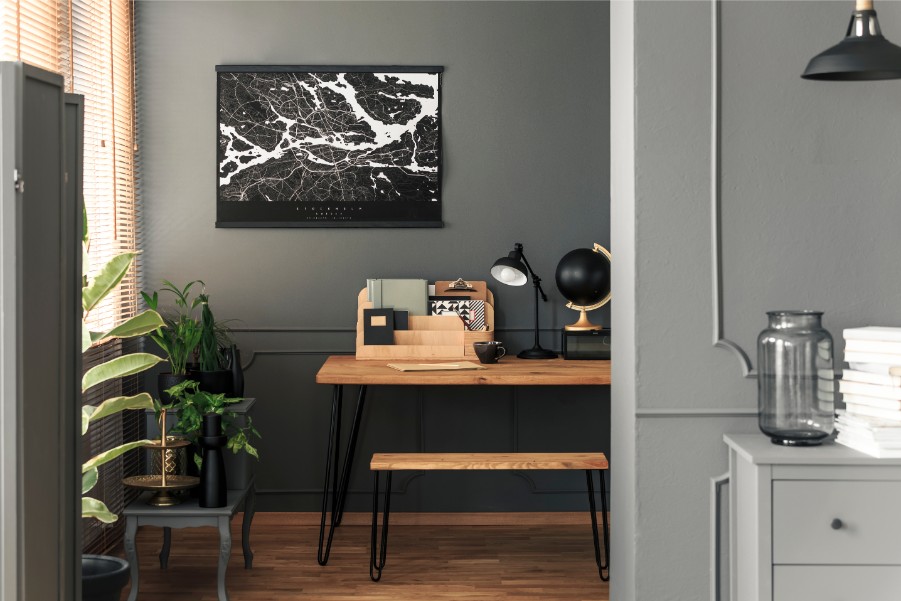
Undertones are the result of blending more than one color together, like blue with a black tint (for indigo) or blue with a green tint (making turquoise). The dominant color, sometimes called a mass tone or overtone, is the color you perceive. The color you don’t see is the undertone.
How Do You Determine the Undertones?
Let’s take a common neutral paint color, like beige. If you mix light brown with tomato red, you get a color like pale hot chocolate. Mix the same light brown with yellow, and you get tan. Or with green, and you get khaki.
This secret color presence can make or break a room. If you choose beige with a hot, red undertone, but your fixed elements (cabinets, countertops, and tiles) have a cool, blue undertone, you’re going to have a decorating mess.
There’s good news, though. You can figure out the undertone by comparing your paint to a true color – one with no undertones. The colors with no undertones are pure white and the true primary colors, red, yellow and blue.
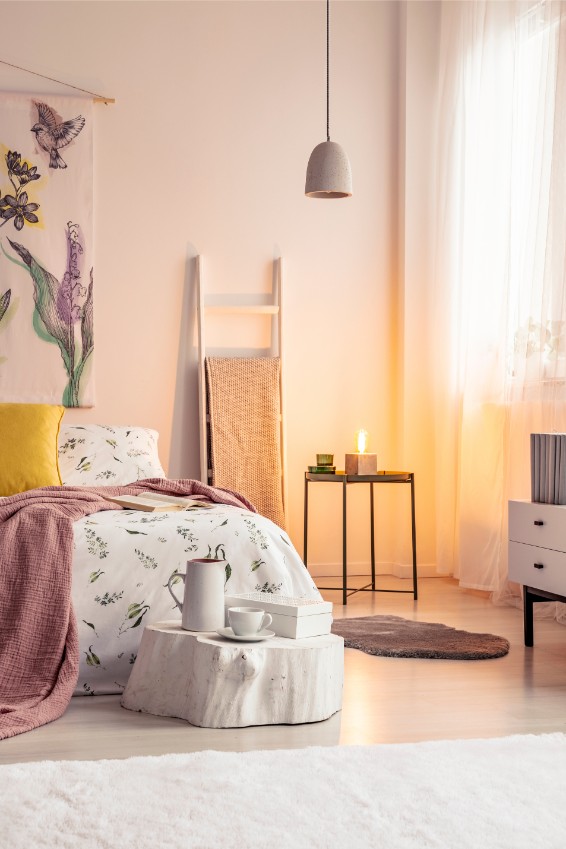
The easiest way to see an undertone is to compare a series of white paint colors against the whitest white in a paint color fan deck. Against pure white, you’ll see instantly whether your paint is pure white, or if it’s been blended to make cream, ivory or another white shade. Using this same technique against a true primary color can help you determine what secrets your paint color is hiding.
If finding a true primary and comparing it to your paint is overwhelming (and it often is for beginners), ask a Paintzen design expert to help. (Color and design consultations are free, of course!)
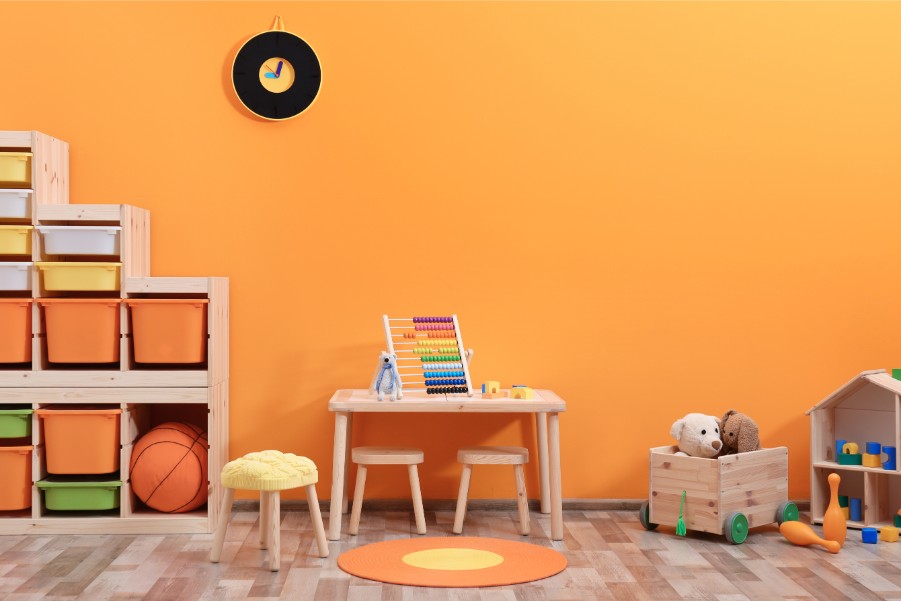
Or, if you don’t want to overthink it, simply study the color – does it look warm or is it cool? Warm colors usually have orange, yellow or red undertones. Cool colors typically have undertones that are blue, green or purple.
Choosing the Right Color
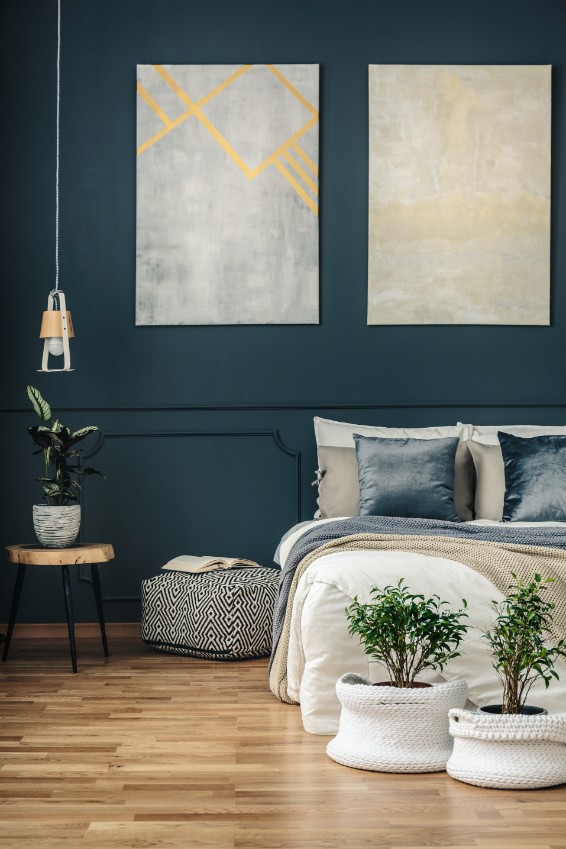
Once you decide whether the color is warm or cool, ask yourself what kind of mood you want your space to have. Do you want a cozy or energetic space? Go for warm colors. Fresh and soothing? Try cool hues.
After you’ve picked a few colors you like, paint them on large sample boards and move them around the house. That way you can compare them to your fixed elements, furniture, and accessories, and determine if you’ve got a match.
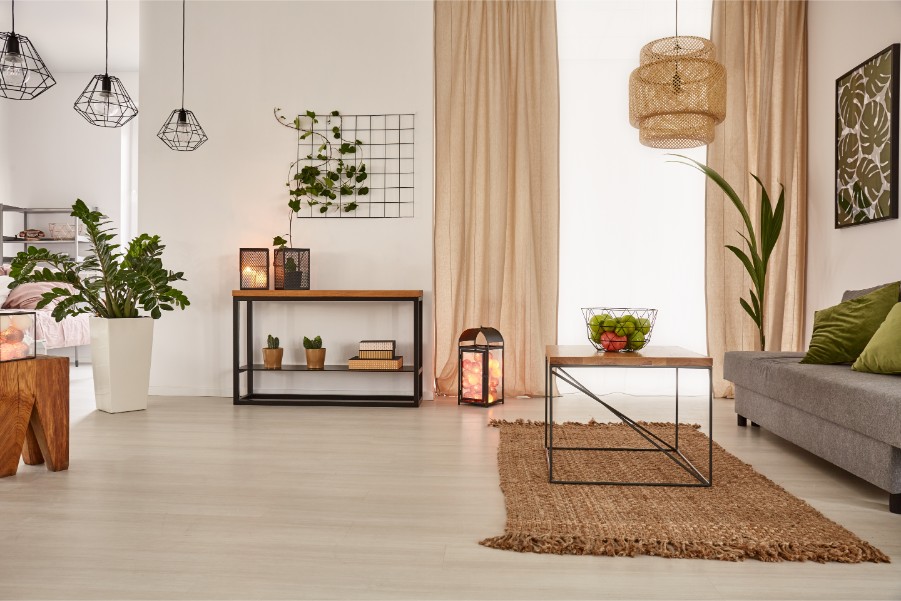
Once you solve the mystery of undertones, your chances of picking the wrong paint color diminish greatly. Recognizing undertones will guide you to the right color families, helping you create the perfect color combination for your home, every time.
Learn more about color families and undertones in our samples portal.
Once you’ve got it all figured out, you’ll be ready to paint! Take advantage of our interior painting services and transform your home without lifting a finger. Click to get started!

